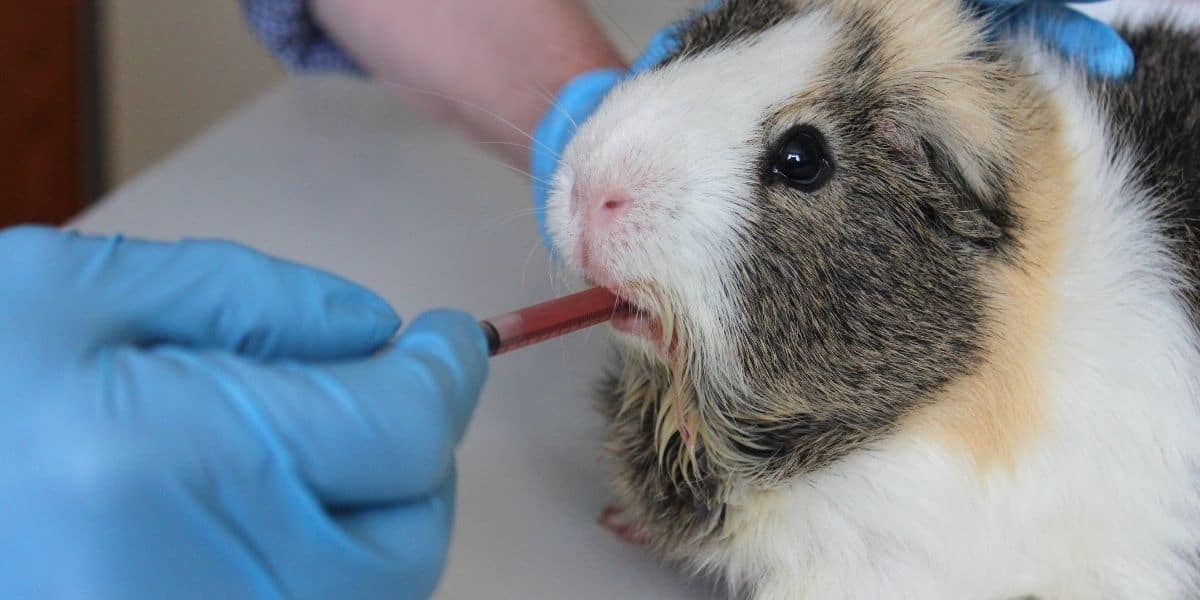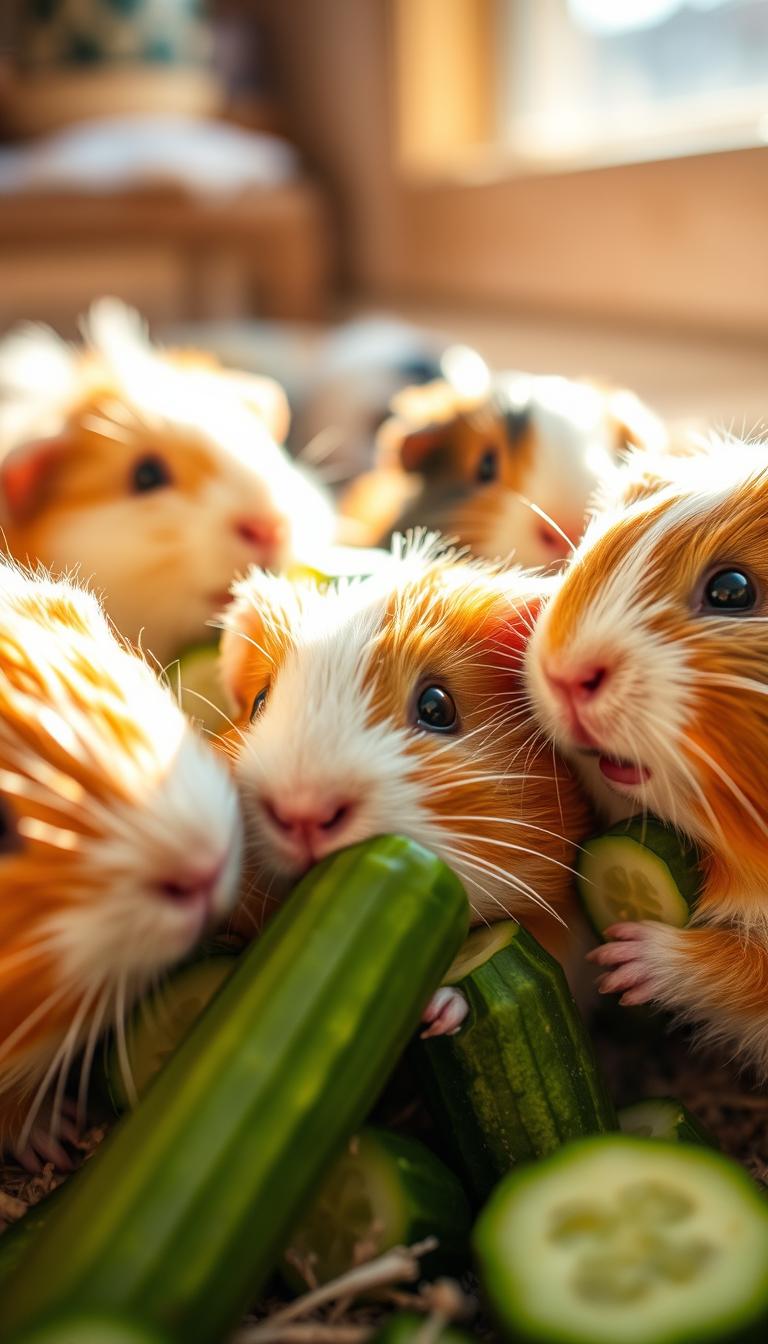When looking after a Guinea Pig, one of the most frustrating things that can happen is that your pet gets infected with a parasite, causing stress for both you and your animal.
So, it is important to be in the know in all the ways that you can spot a potential parasite in your Guinea Pig and know just what to do in order to treat it.
Within this article, we will inform you as to just that, how to spot worms or mites in your Guinea Pig and how to treat them the ensure your pet stays as healthy as they can.
Table of Contents
Spotting Parasites in Guinea Pigs and Treatments
A parasite can cause all kinds of problems for all kinds of animals, and Guinea Pigs are not different. These nasty hitchhikers can cause fatigue, pain, tissue damage, and in some cases even death.
So, you will of course need to know how to spot these parasite and we will go over this in the following paragraphs.
Mites
These parasites can be difficult to spot by the naked eye, as they are usually microscopic, but you can certainly see the effects that they are having upon your Guinea Pig.
Look out for things like patchy fur or loss of hair, scabs or skin inflammation, excessive scratching from your Guinea Pig (which can cause the previous two symptoms), stressing from your Guinea Pig, tiredness and fatigue, seizures, your Guinea Pig isn’t drinking or eating enough.
With symptoms like seizures, it is important to take your pet to the vet as soon as possible, no matter what you think the cause may be.
Treating Mites
Taking your Guinea Pig to the vets is never a bad idea for any kind of problem. Should you take your pet to the vets they will usually take a skin scraping from your Guinea Pig to determine whether or not it has mites and then will prescribe some medicine should your pet indeed have mites.
The medicine could be something like Ivermectin which is used to treat mites and can be given to your Guinea Pig either orally, by injection, or topically.
Unless totally necessary, try and avoid having it done by injection as this will be quite painful for your pet and instead see if you can’t have it applied to the bare skin at the back of the ears.
You should repeat this treatment across all your Guinea Pigs to completely remove all of the mites and their eggs and try to sanitize all of the bedding that isn’t disposable to make sure that you remove any eggs hiding there.
Worms
These parasites can be a real problem for your Guinea Pigs and can cause pain and even death. Worms can make it difficult for your piggies to get the proper nutrition from their food and so will end up weakening them and having them feel unwell.
Some things to look out for to figure out whether your Guinea Pig has worms would be not seeming hungry, having diarrhea, seeming bloated, extreme tiredness, or weight loss. If you spot anything strange to do with food or their digestion keep an eye on that too.
Treating Worms
When considering internal parasites, the treatments are best left up to the vet’s discretion. They will know what is best to remove the parasite without causing harm to your Guinea Pig.
They may prescribe a treatment such as Fenbendazole or Metronidazole to help flush out the worms and get your Guinea Pig back on track to good health.
Final Thoughts
To conclude, spotting mites and worms in your Guinea Pigs is very important to keep them healthy, parasite-free, and getting the most out of their lives.
Visit your vet if you think that your pet may be suffering which such a parasite and they will recommend the best treatment in order to get your pet healthy again.
Hopefully, this article has been useful in helping your out with spotting the ways a parasite might manifest itself and how to find the treatment your pet needs.




